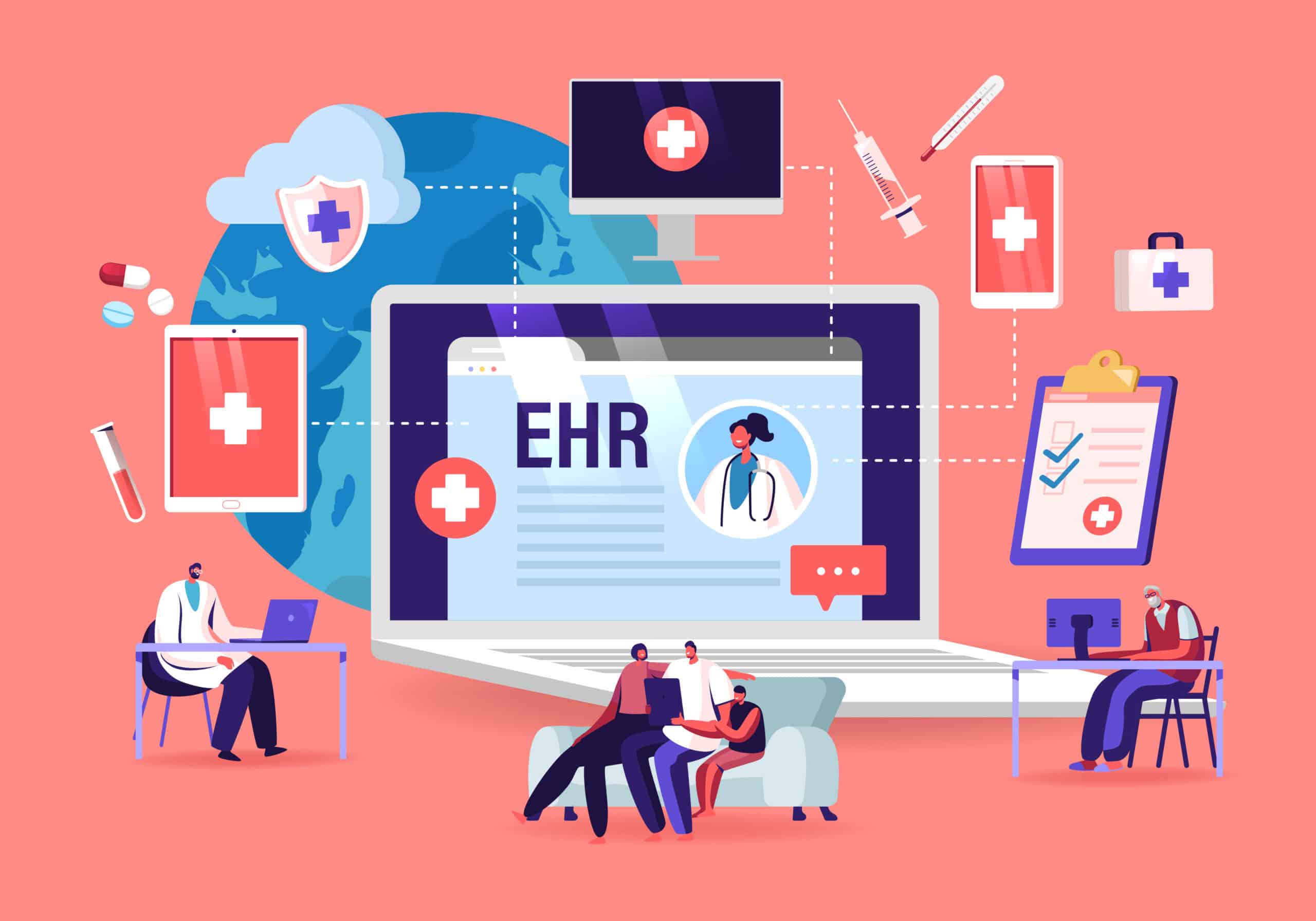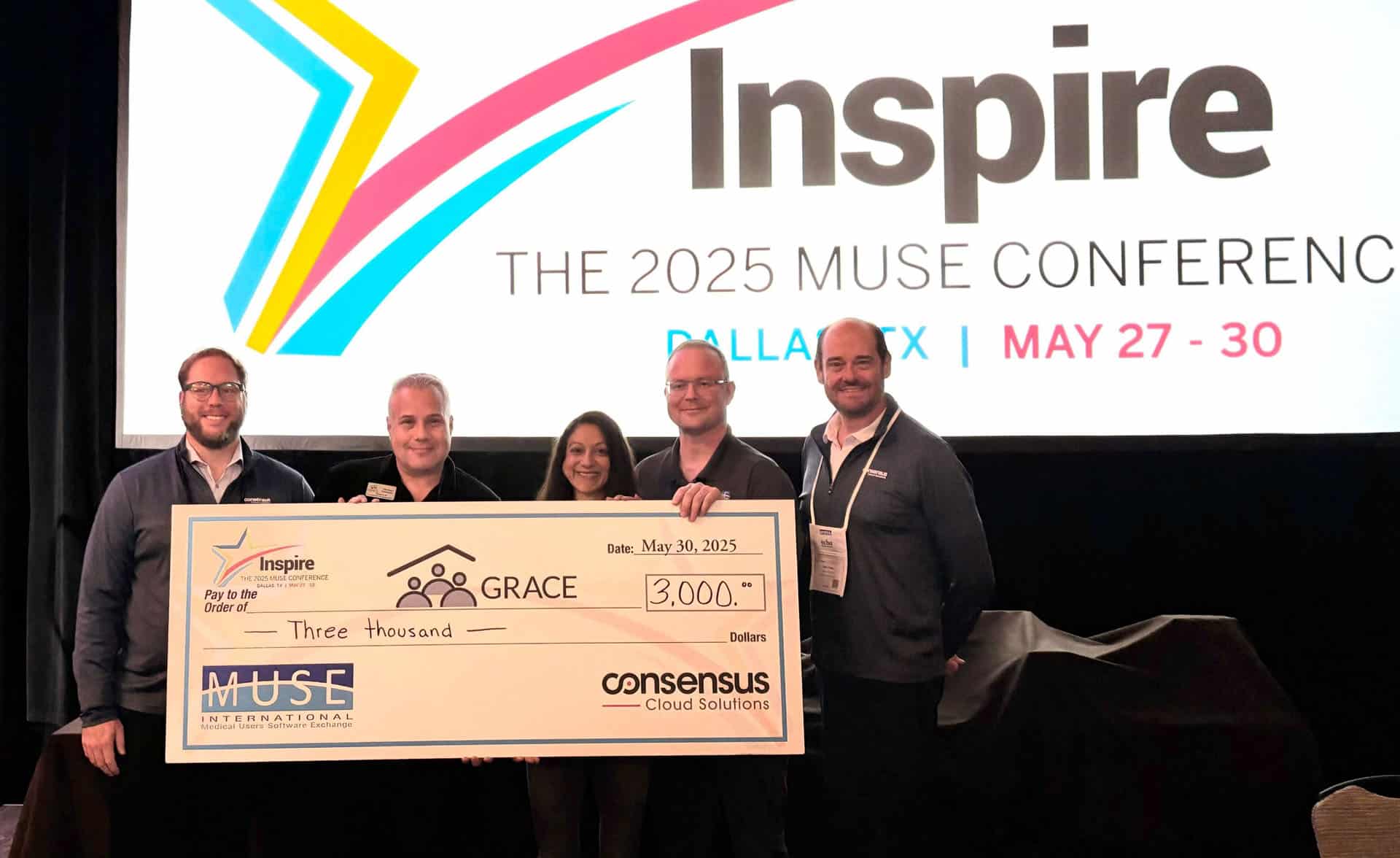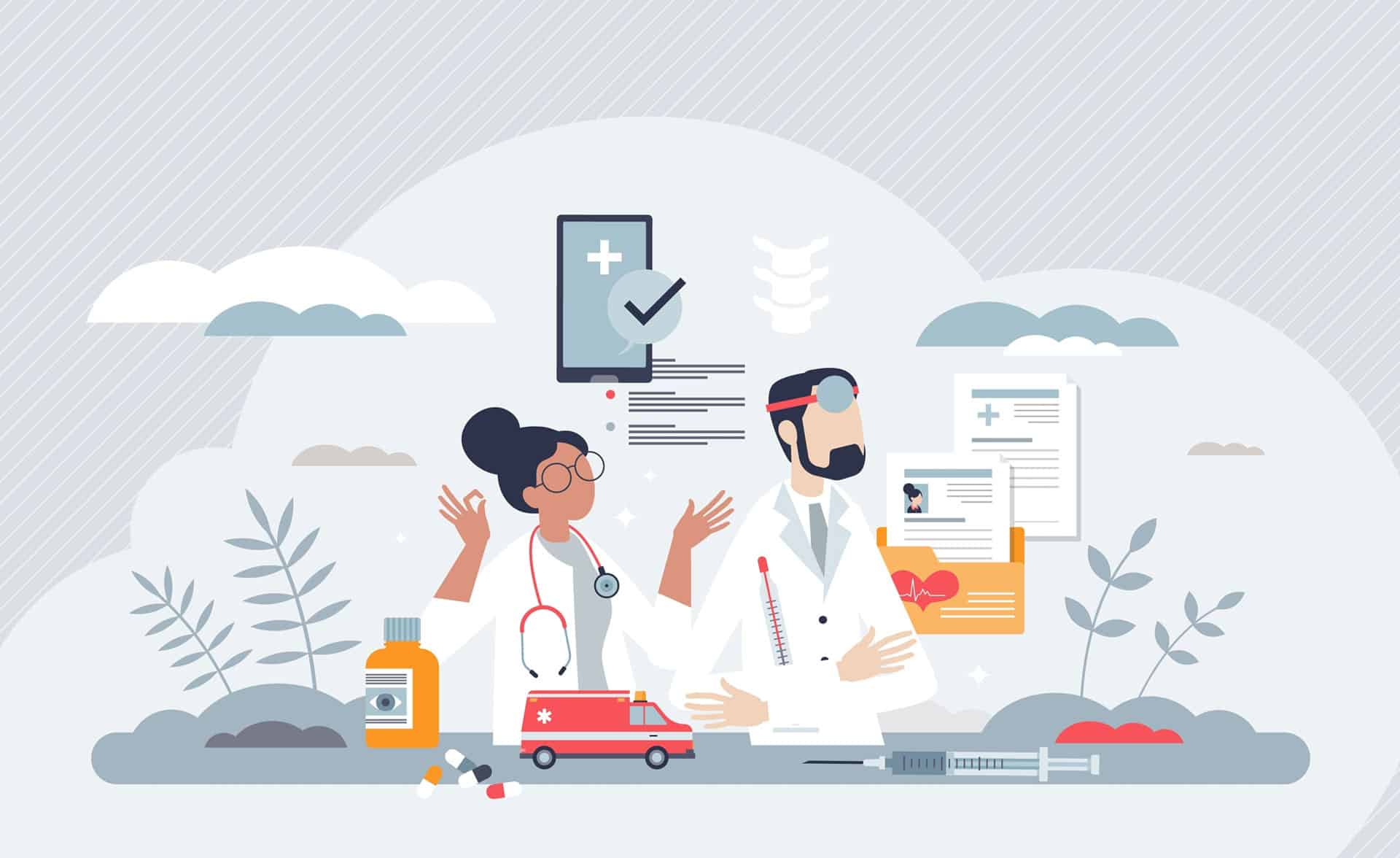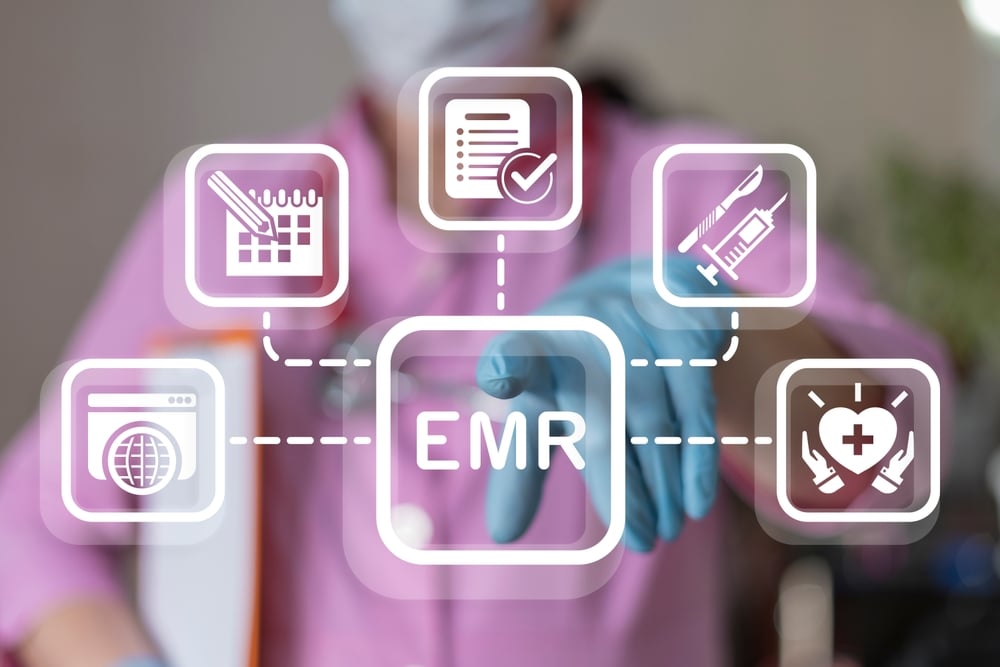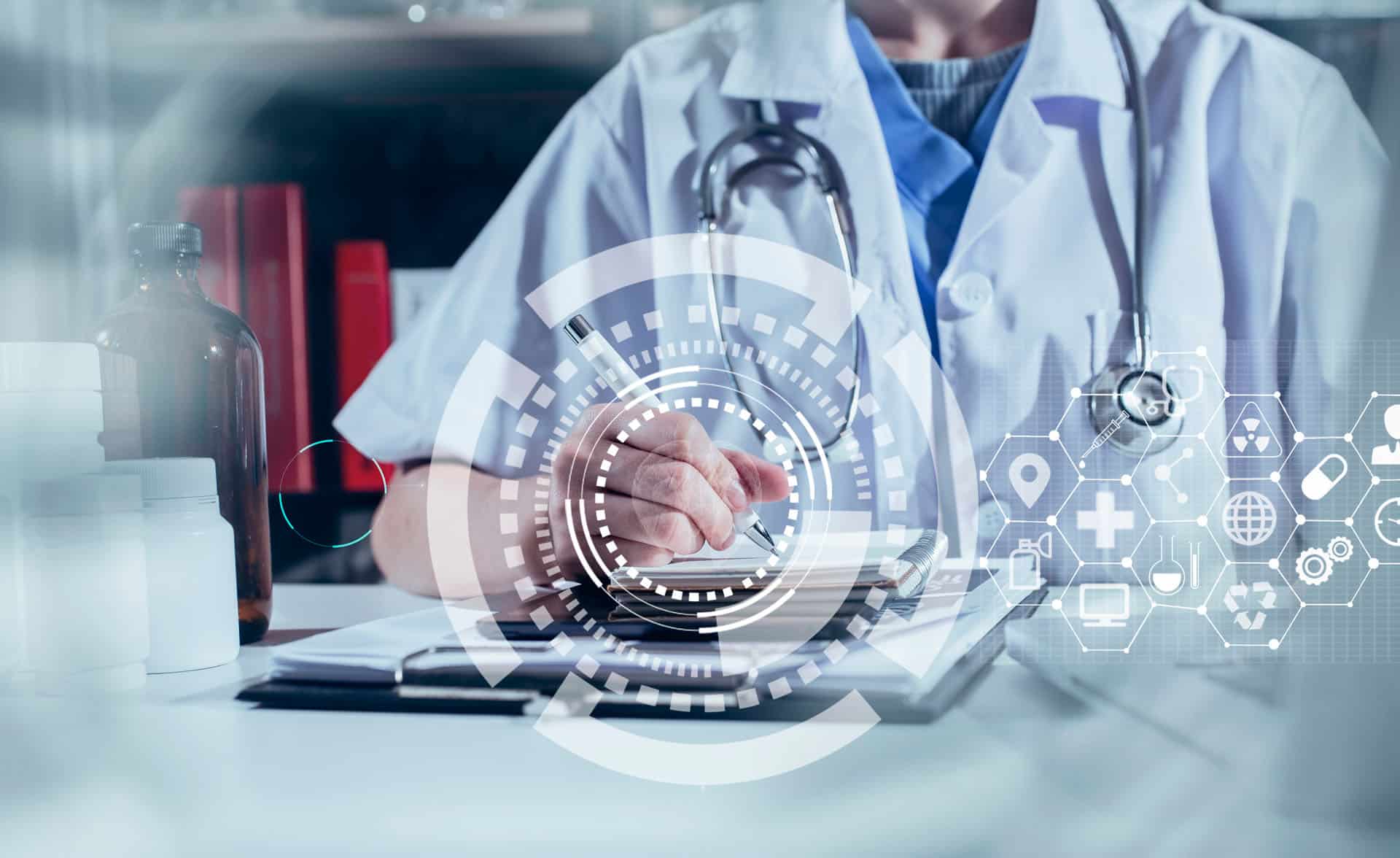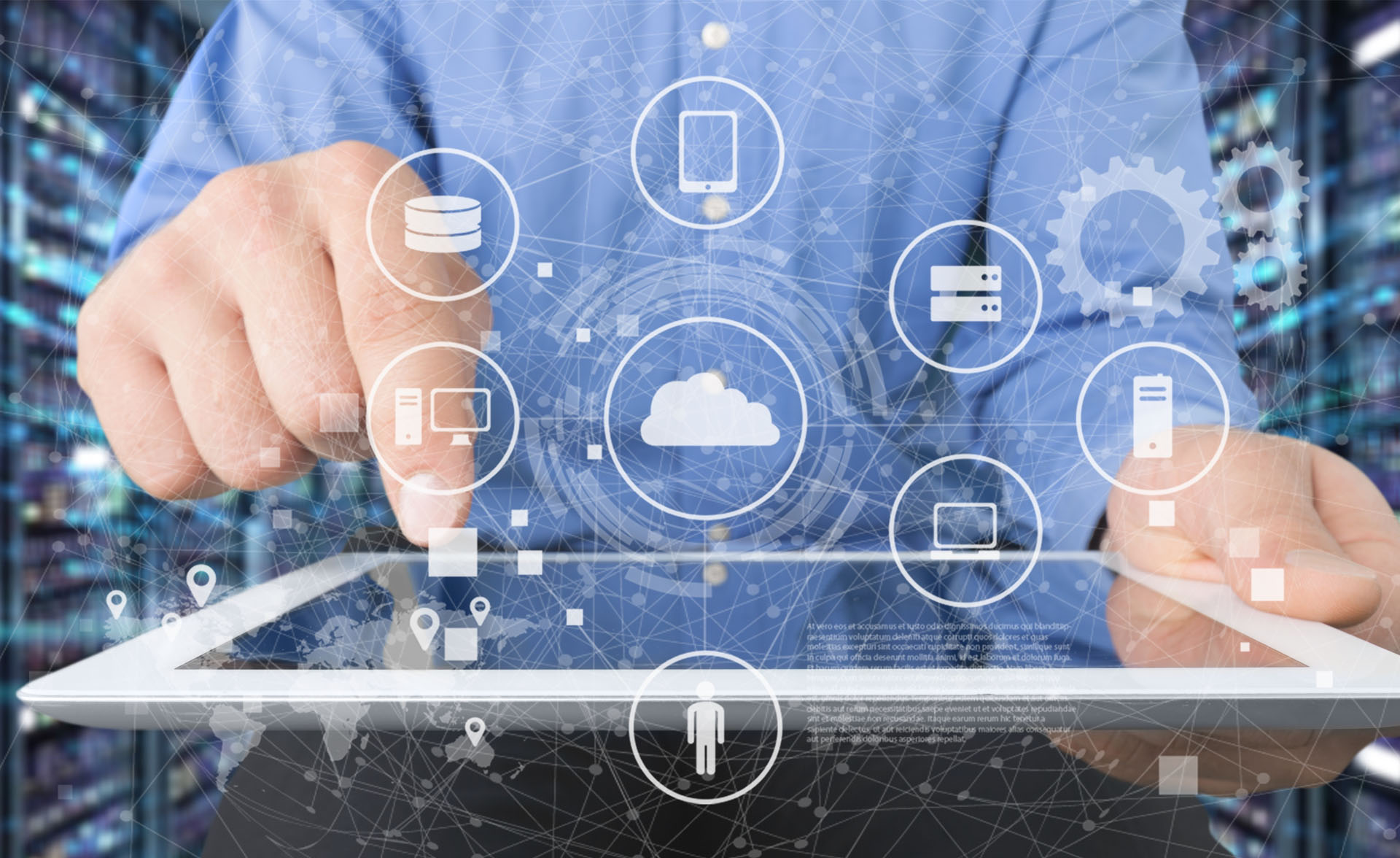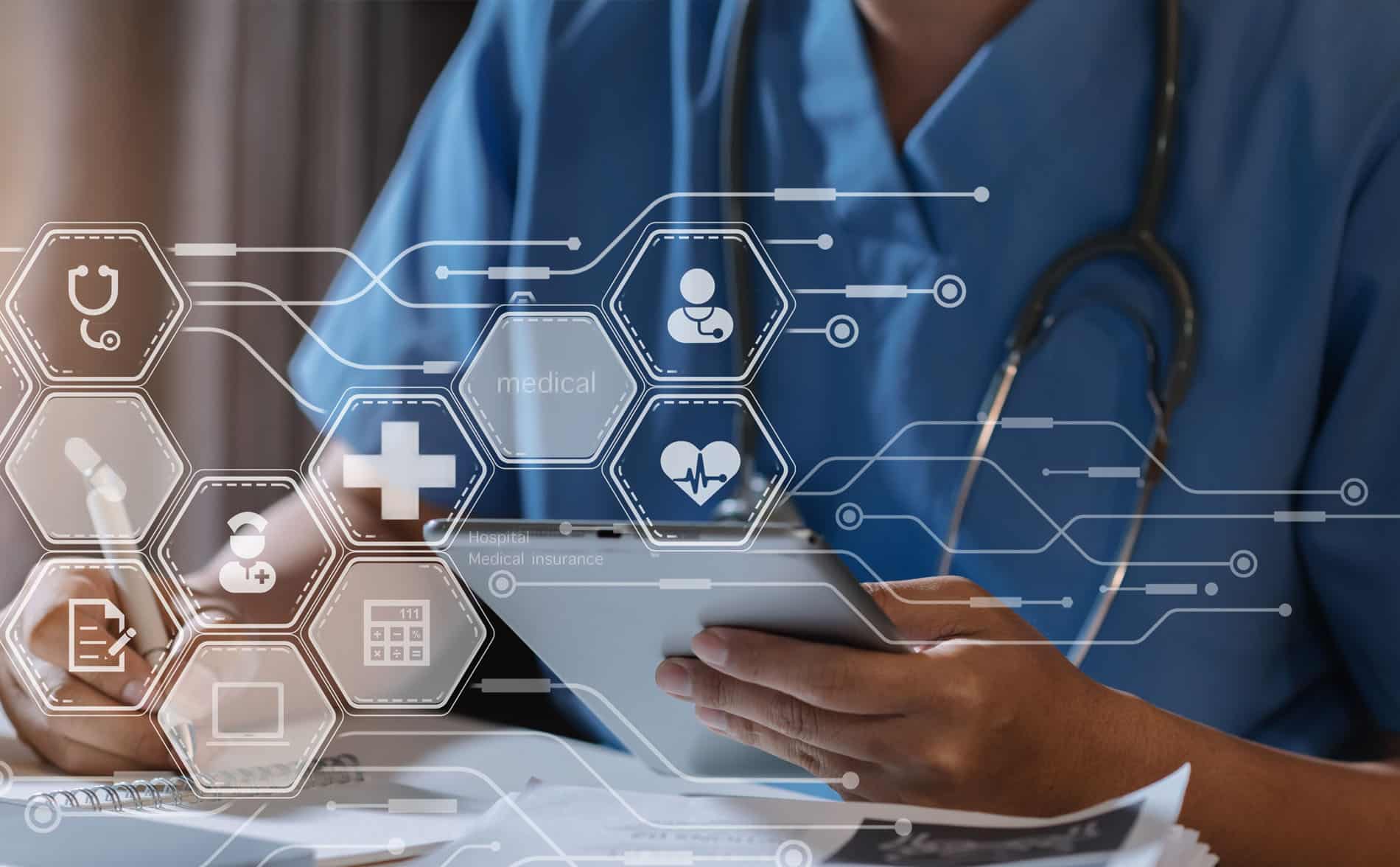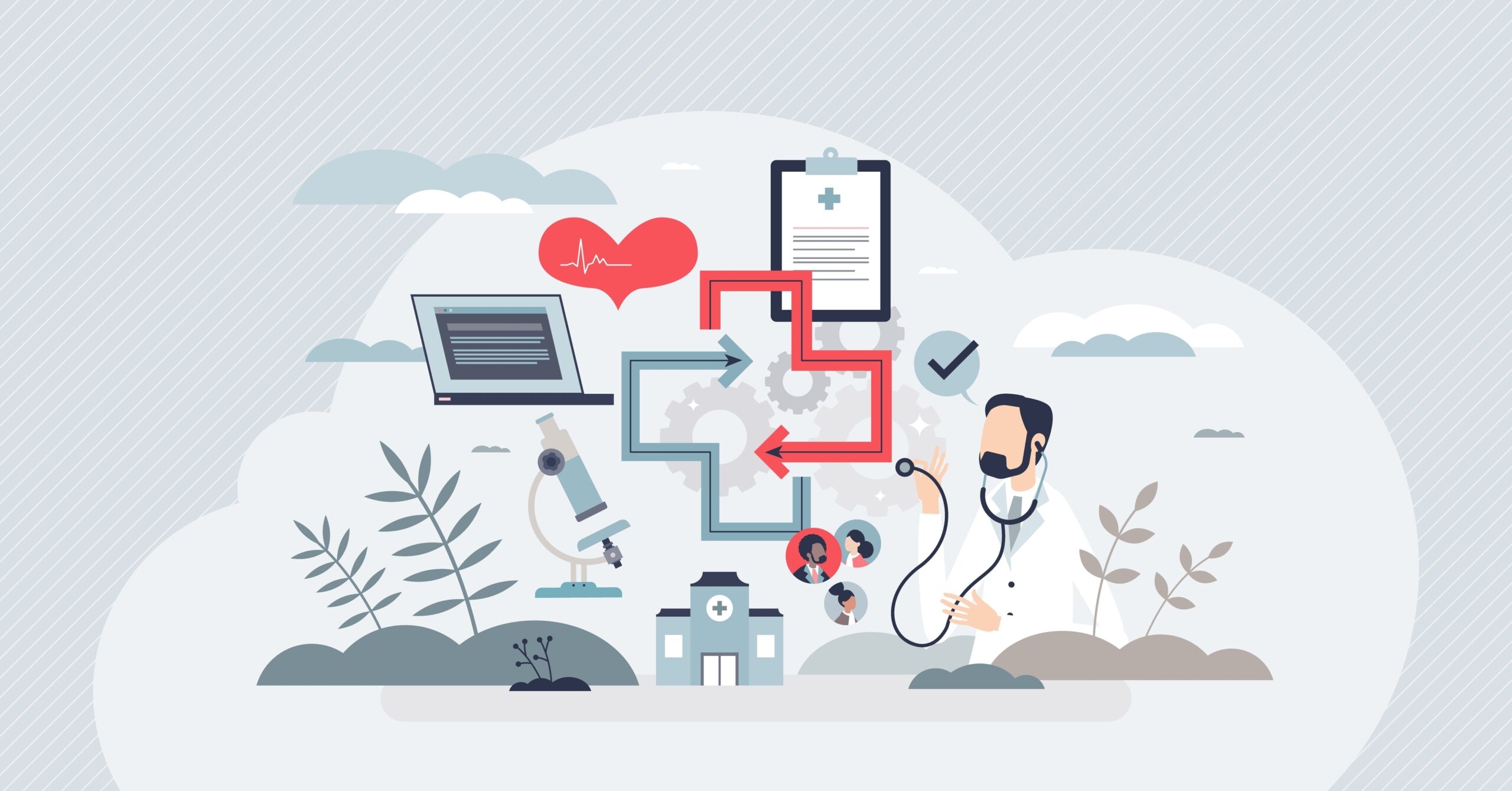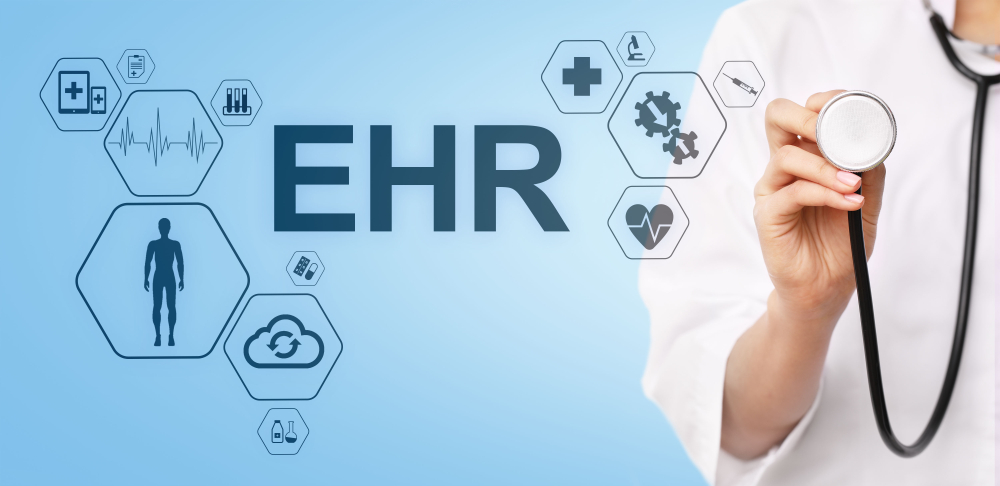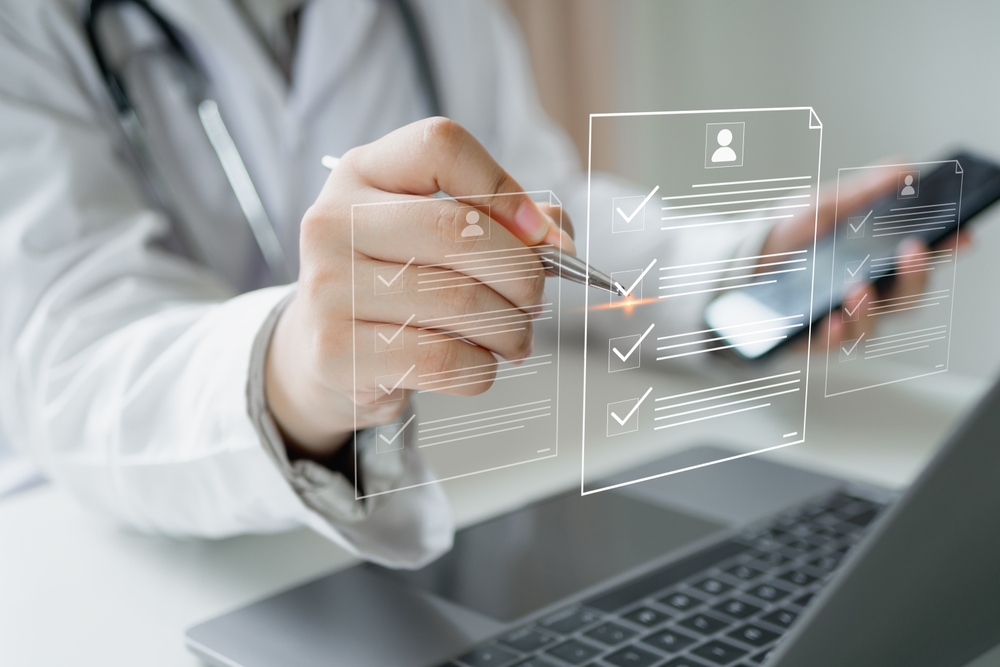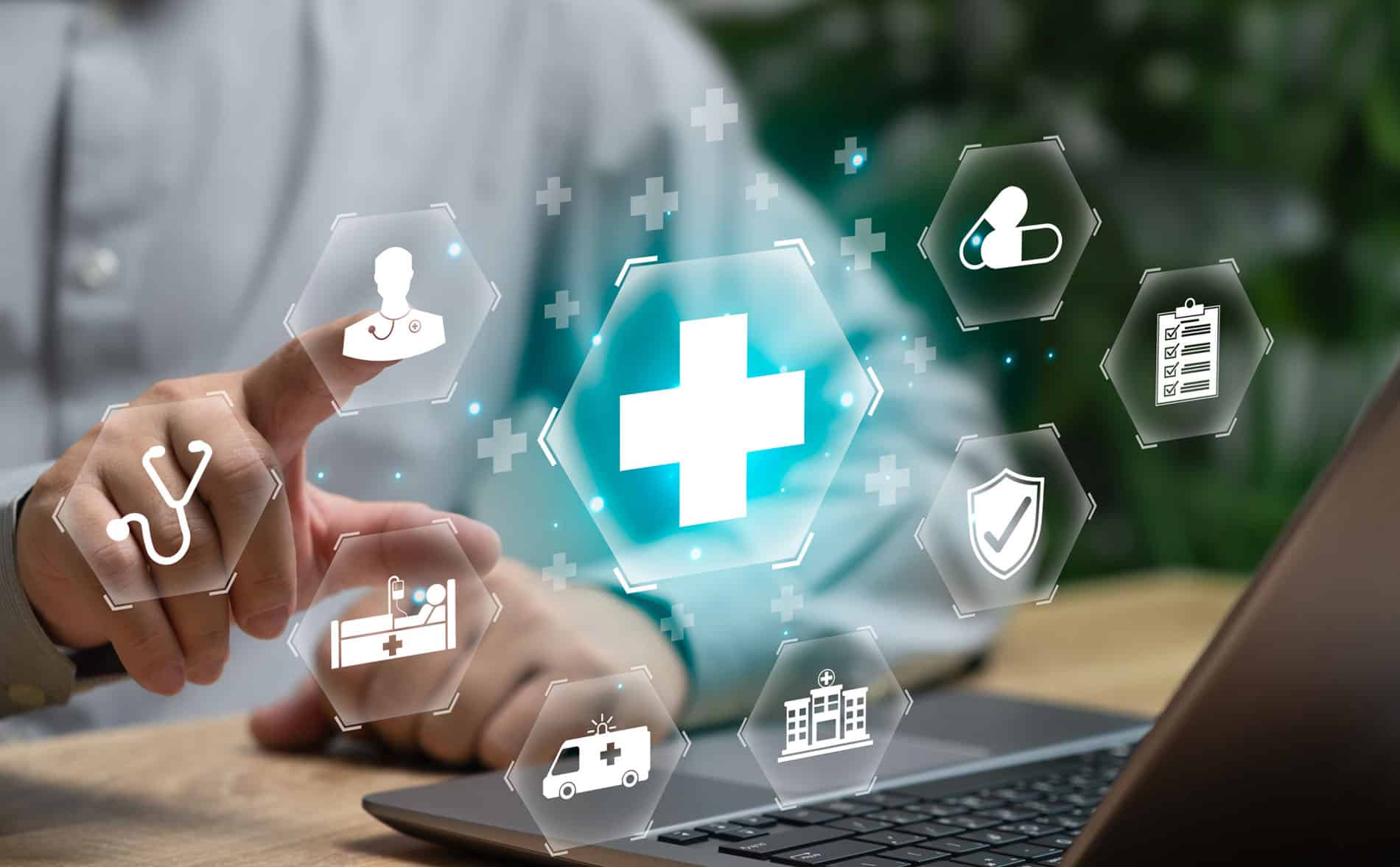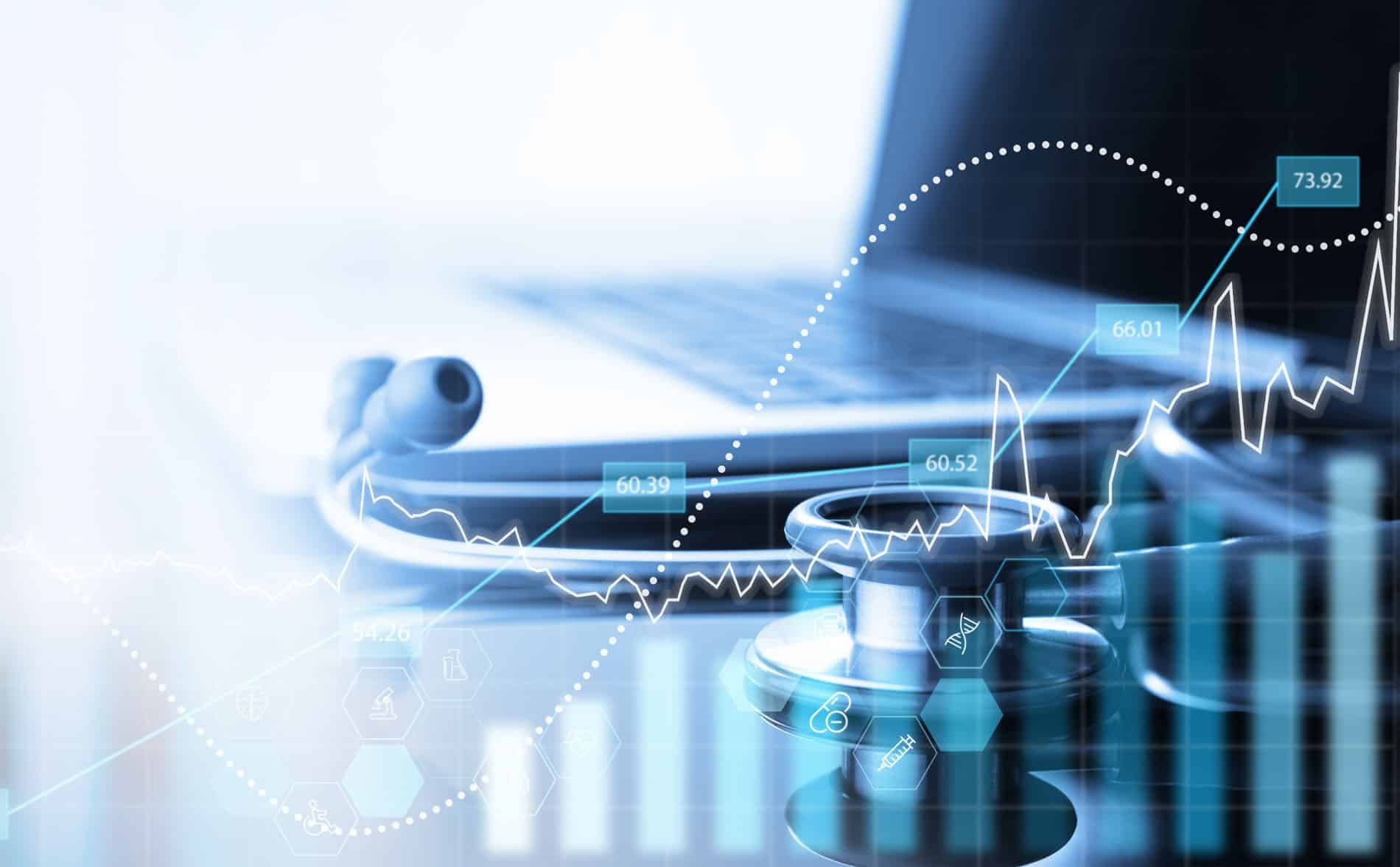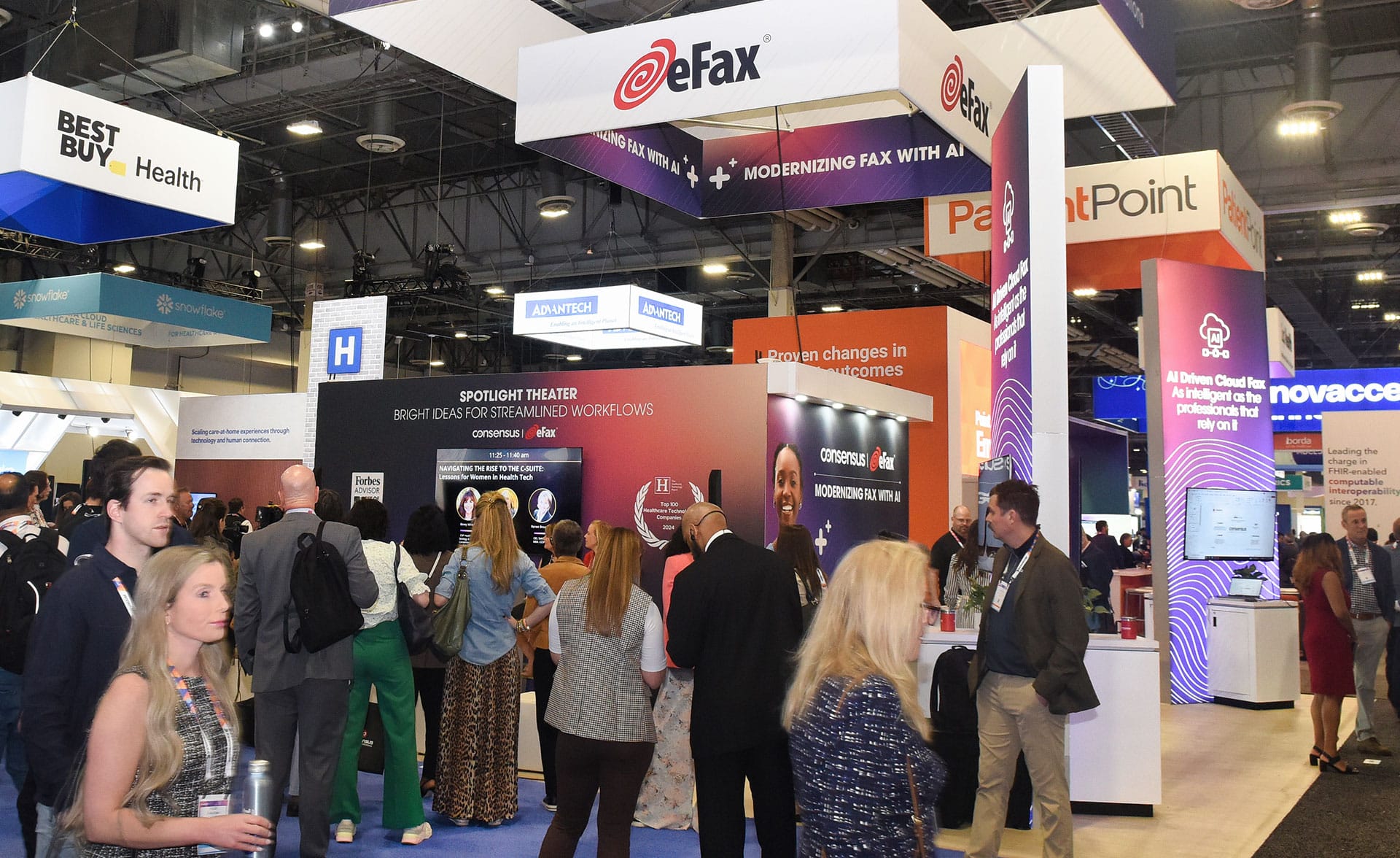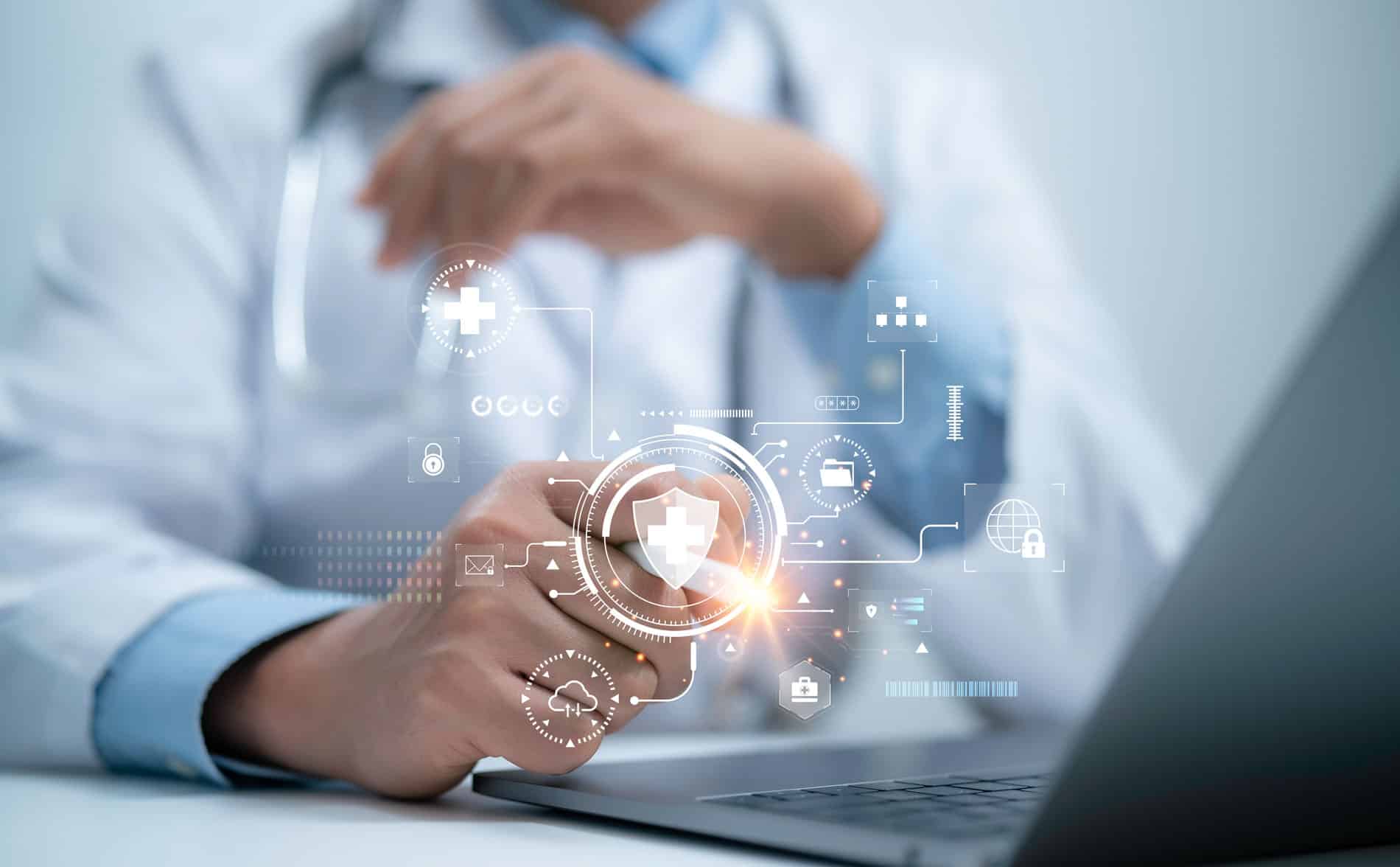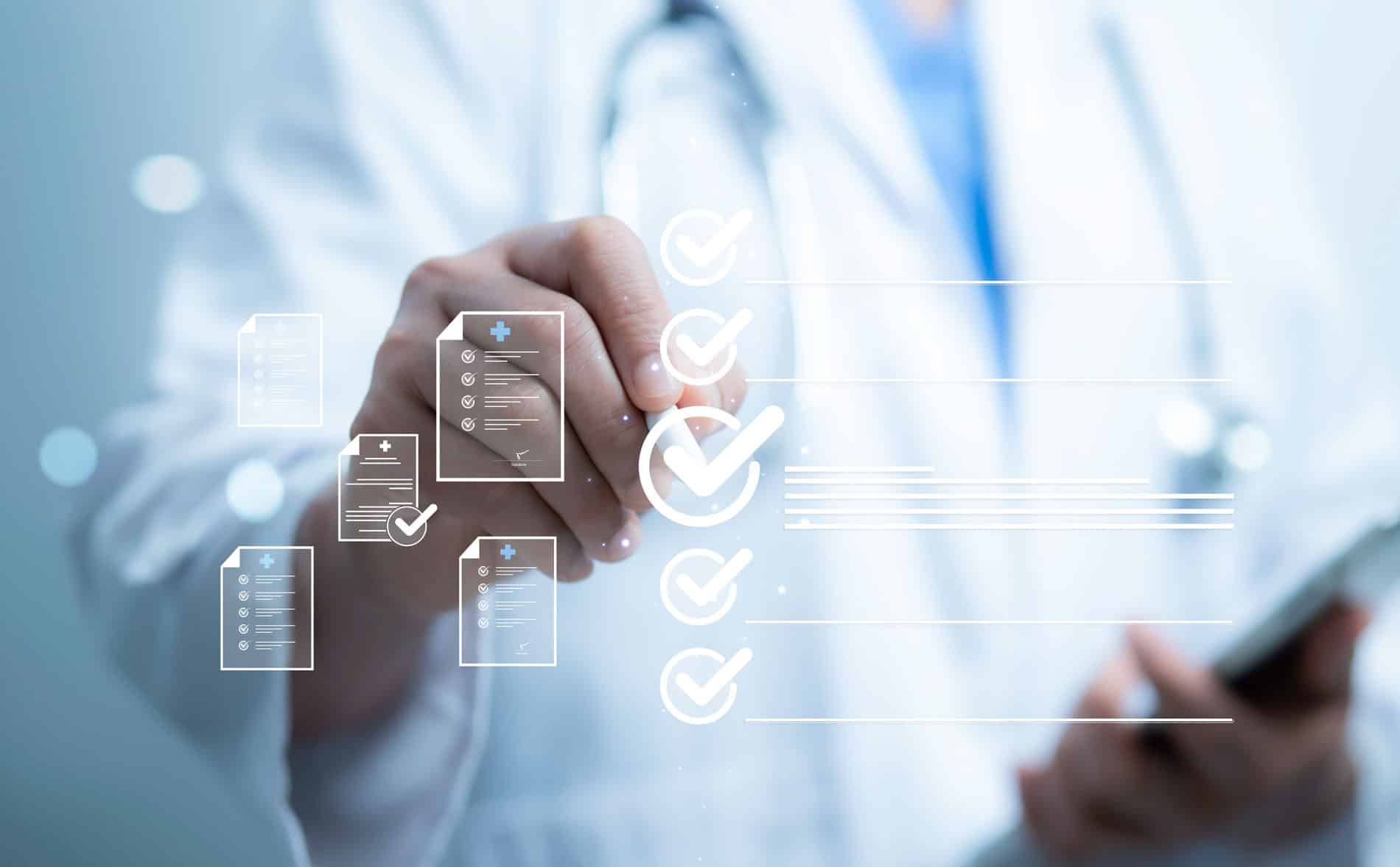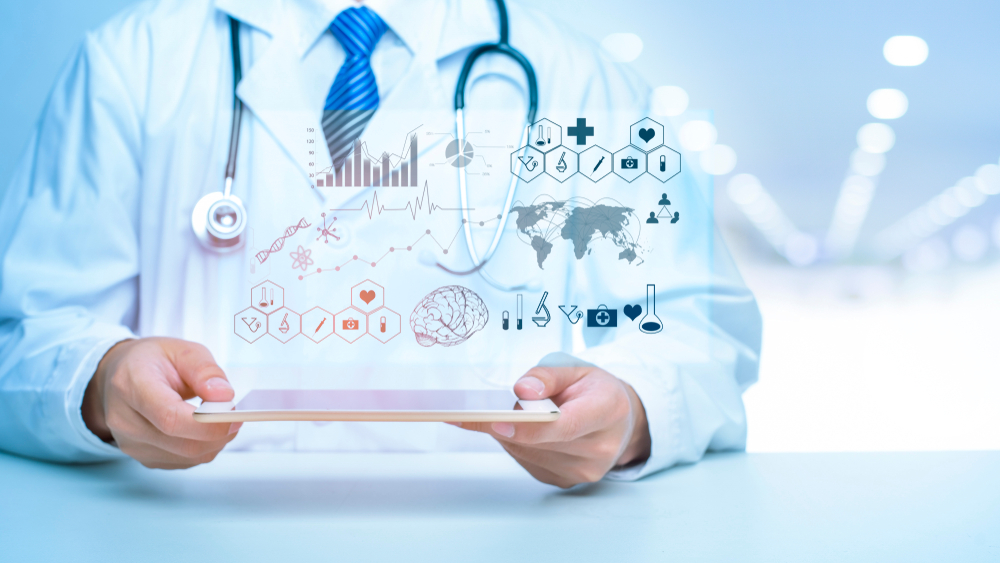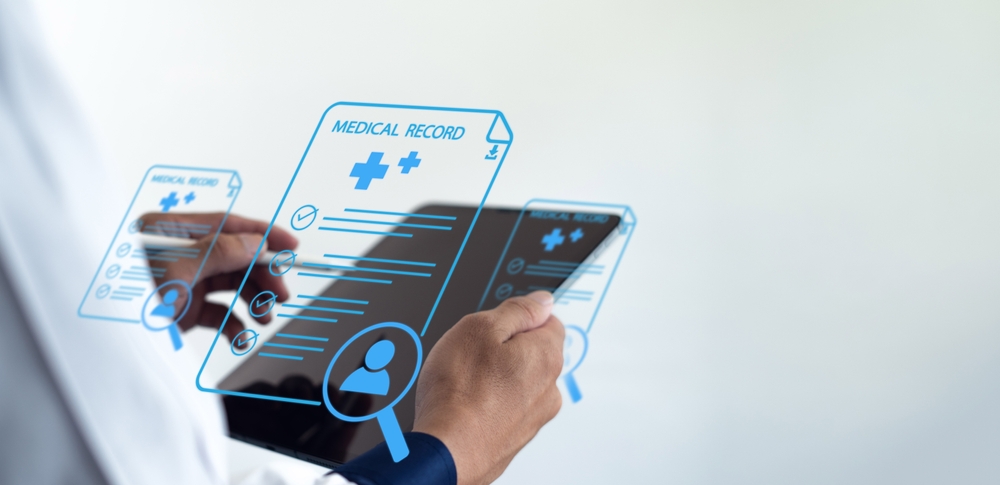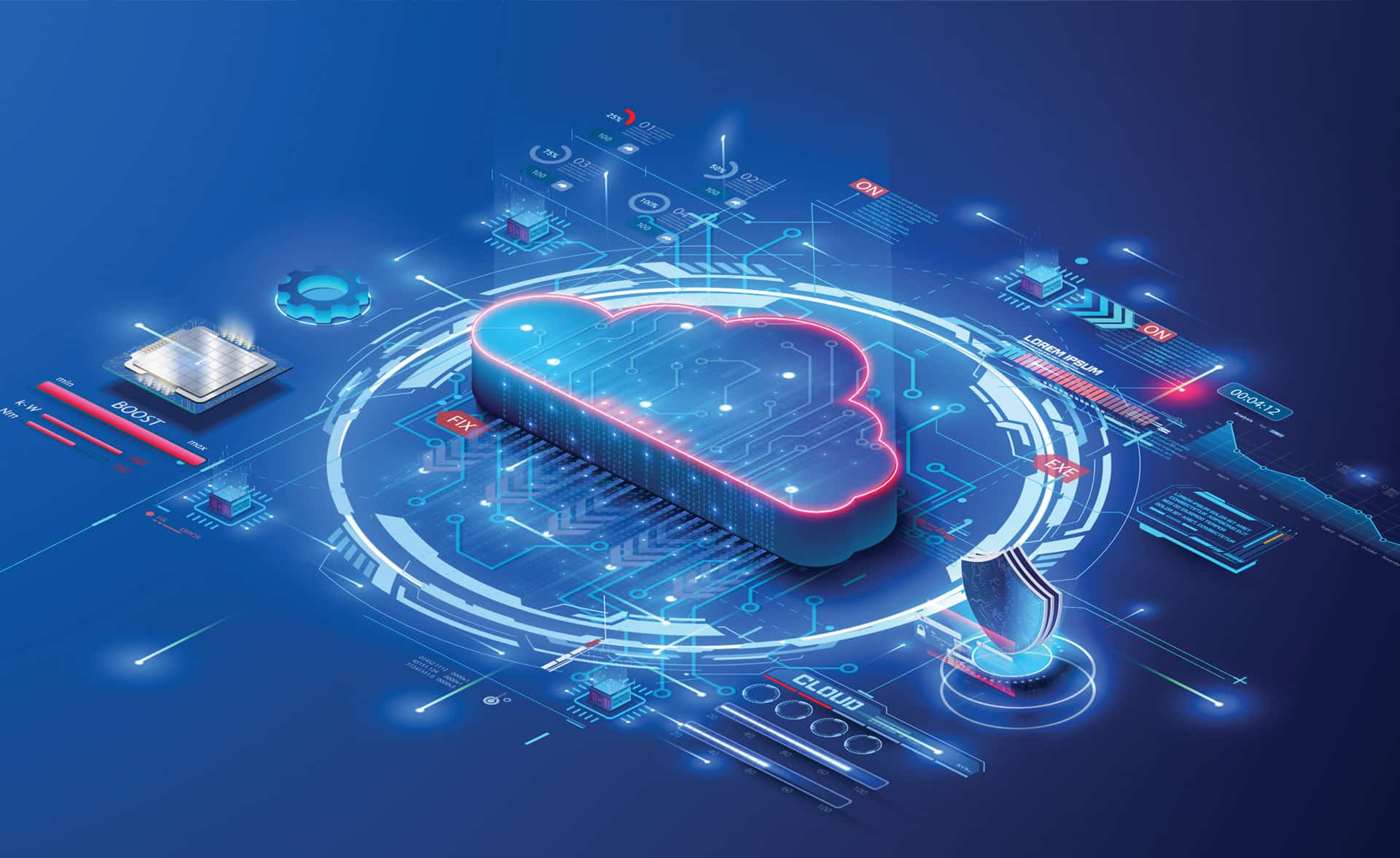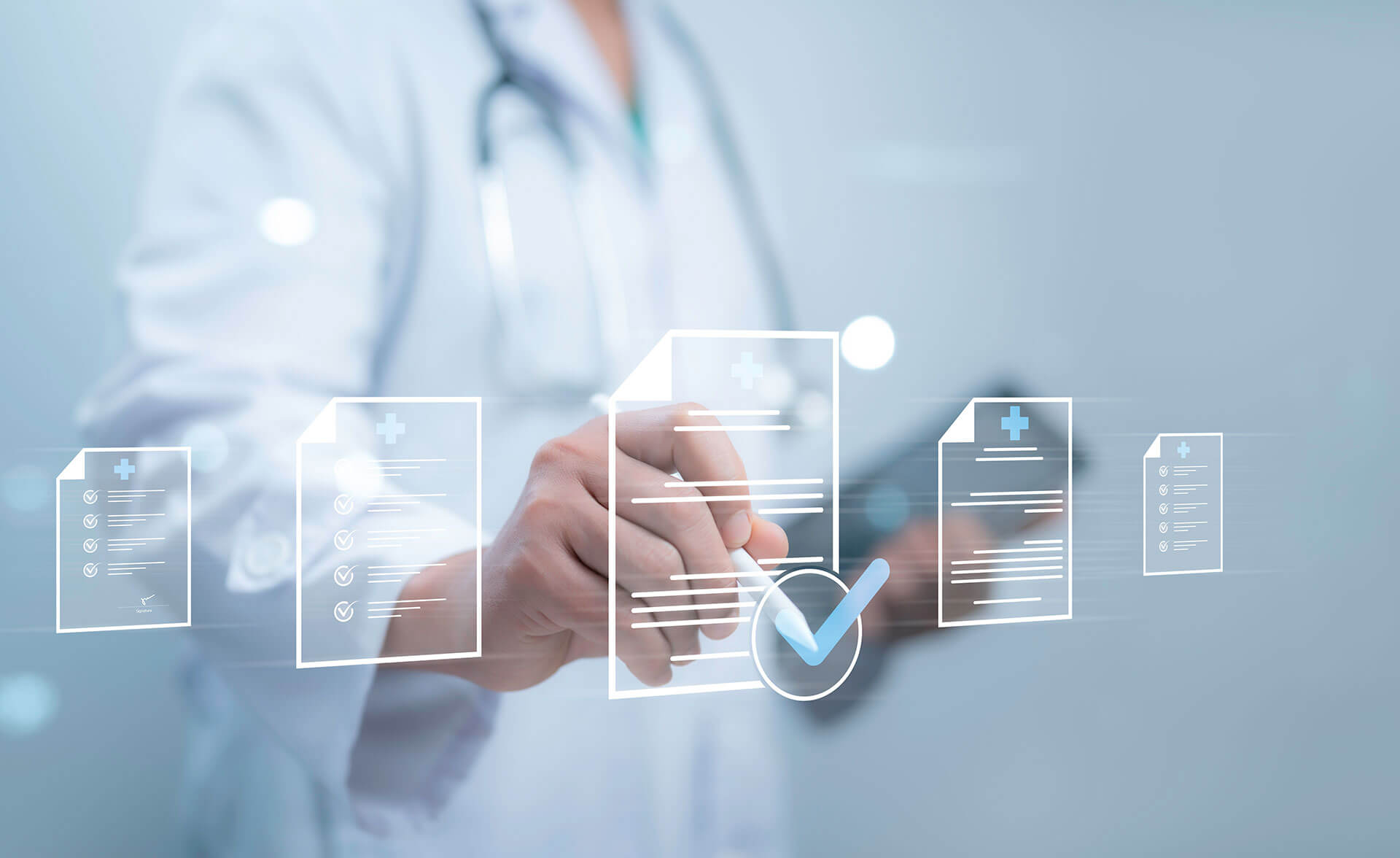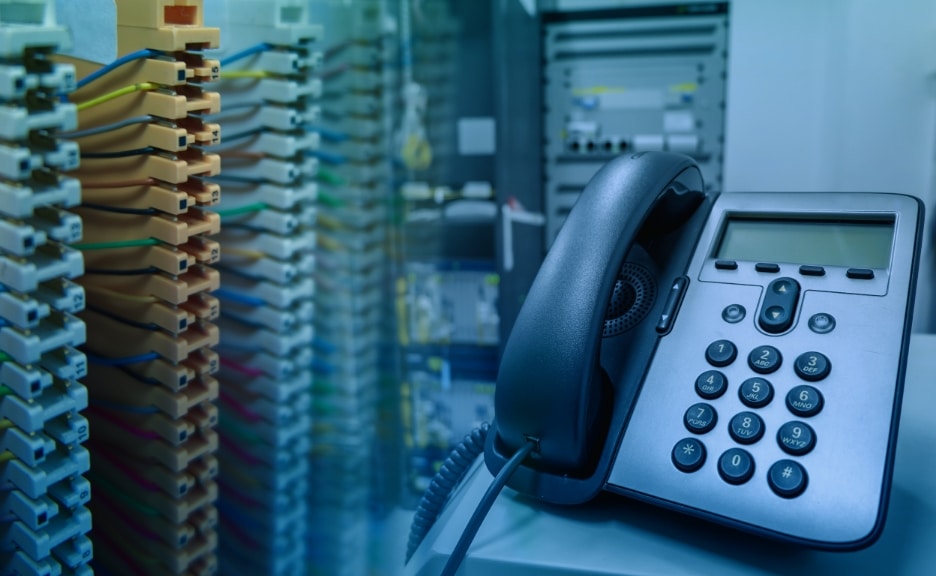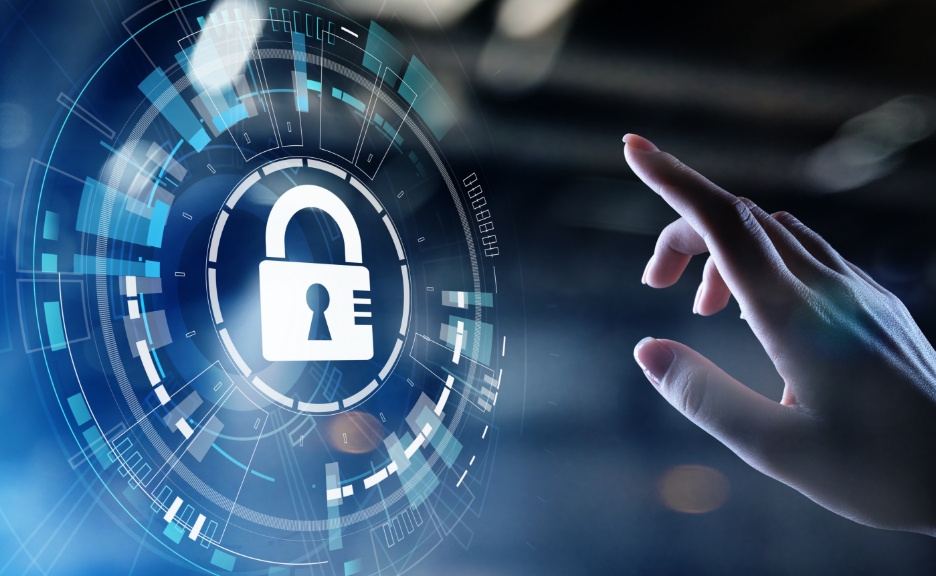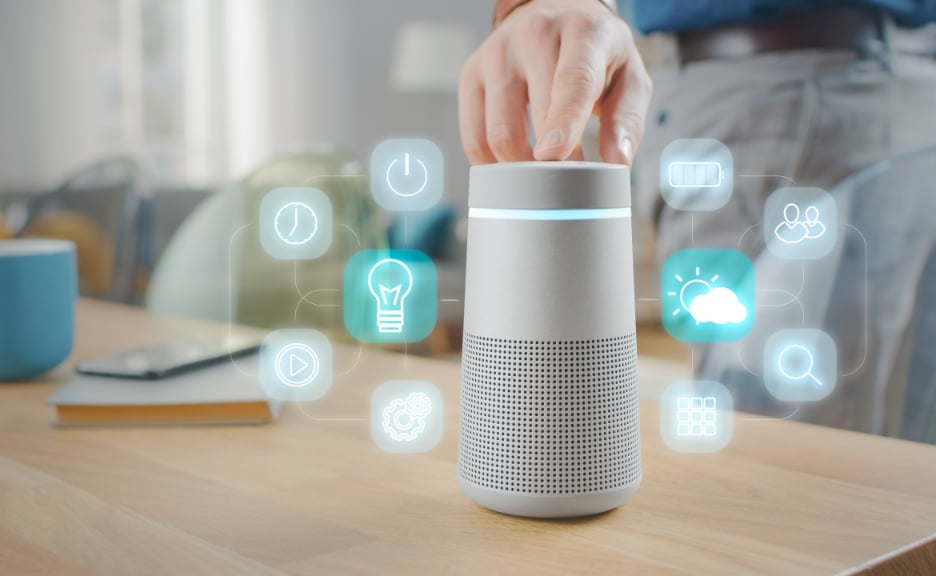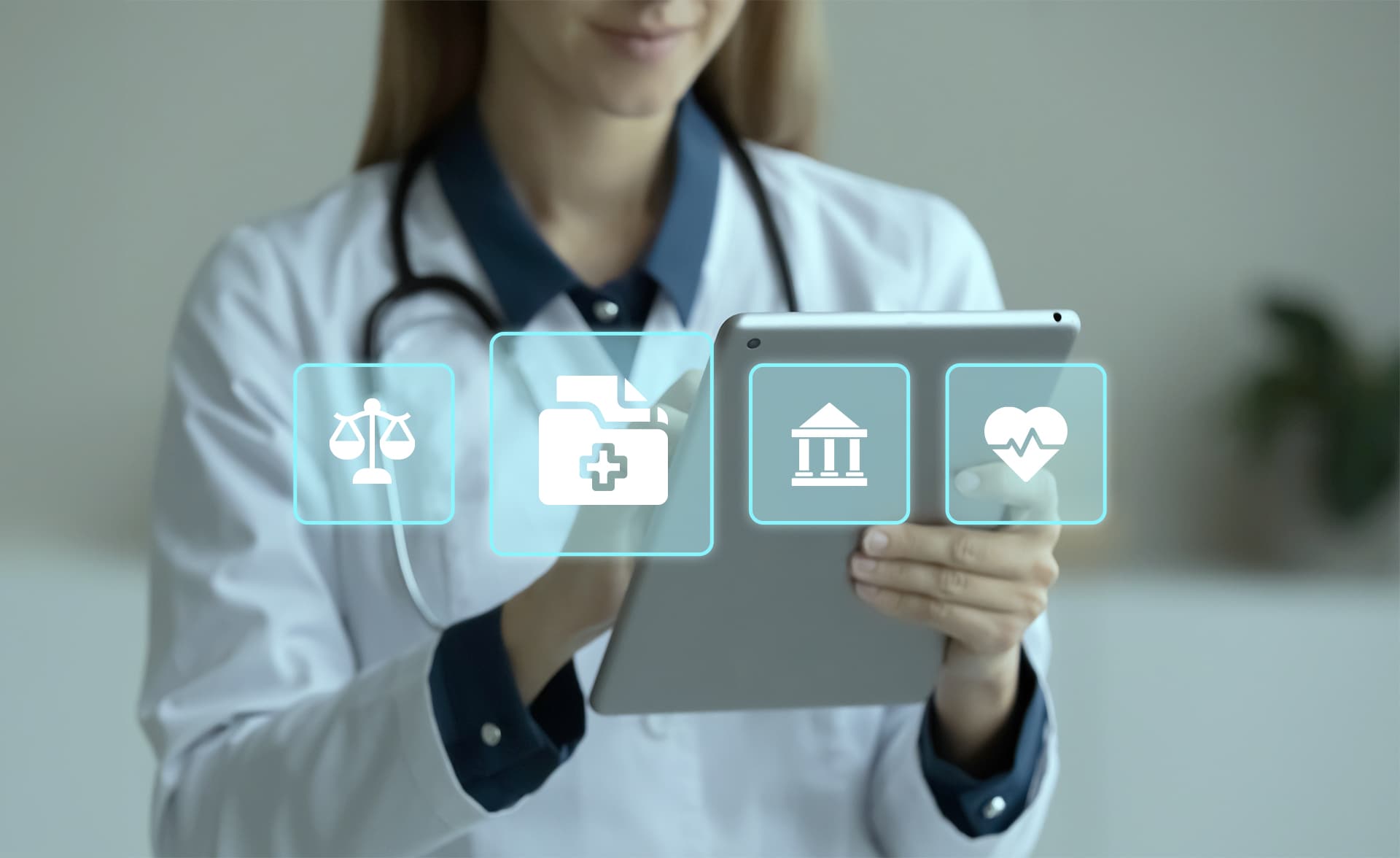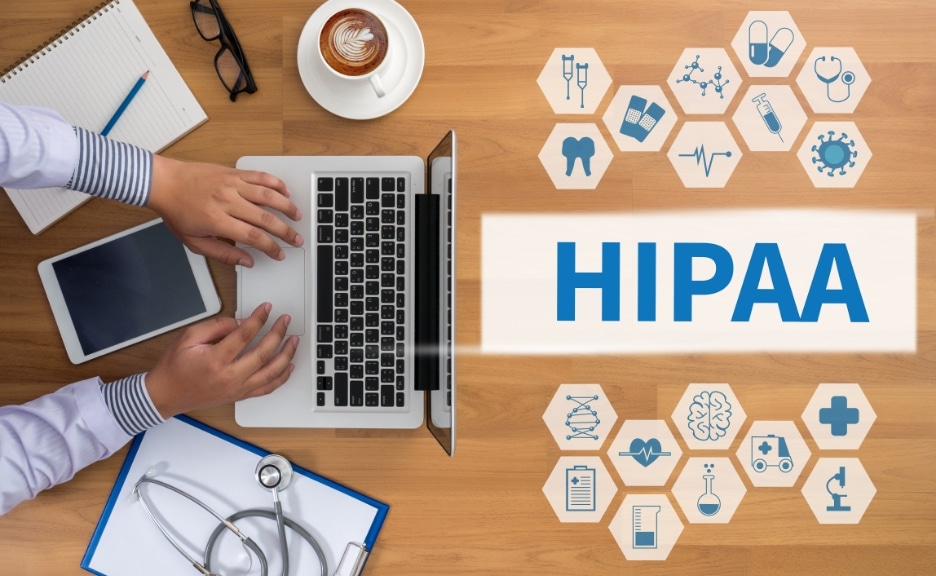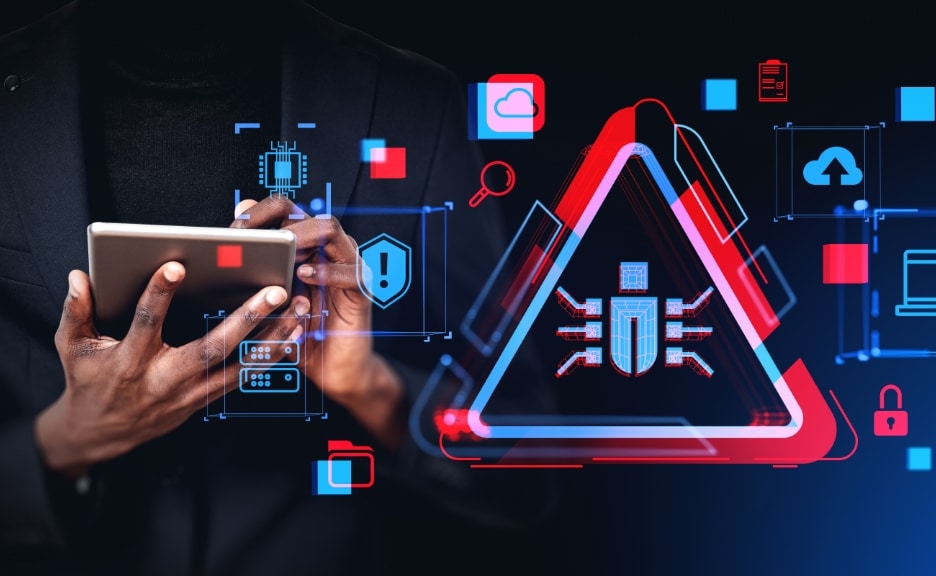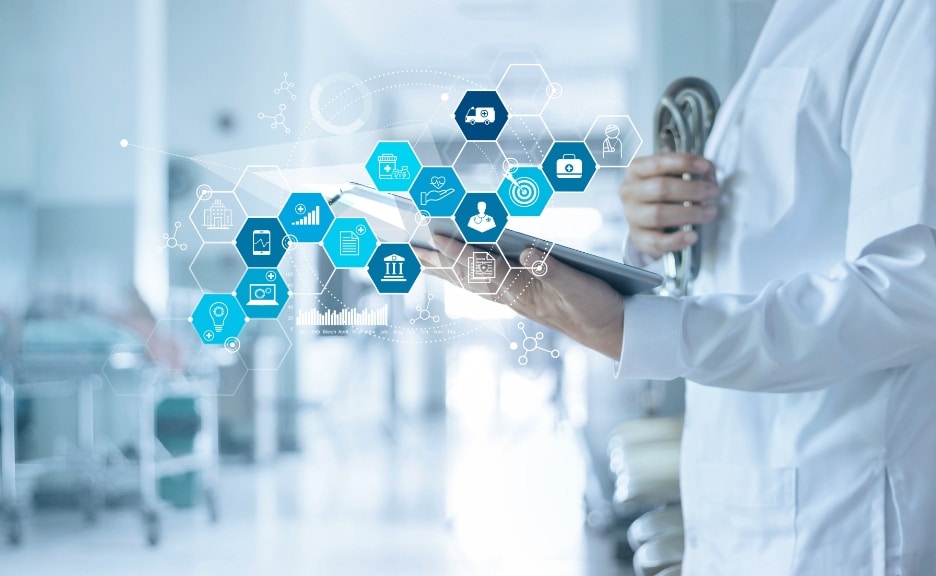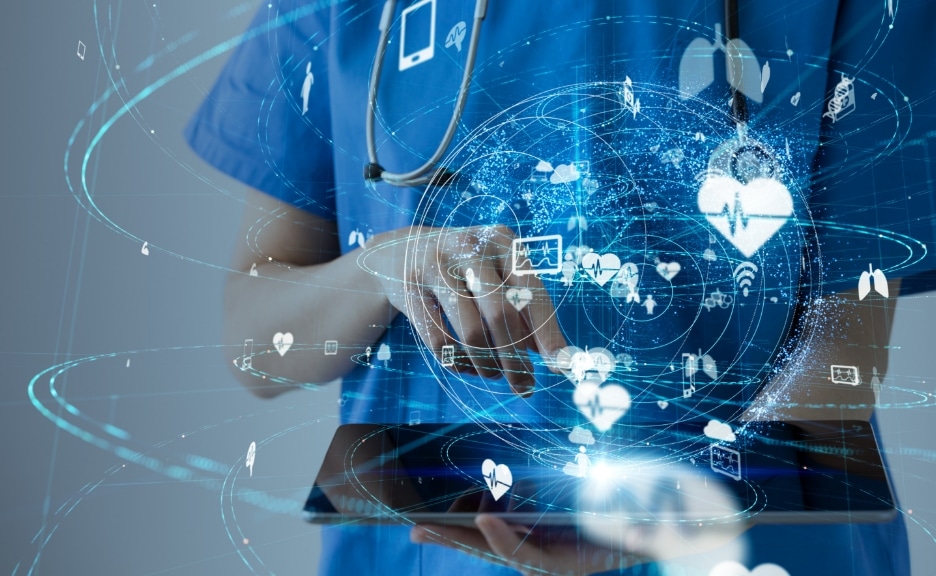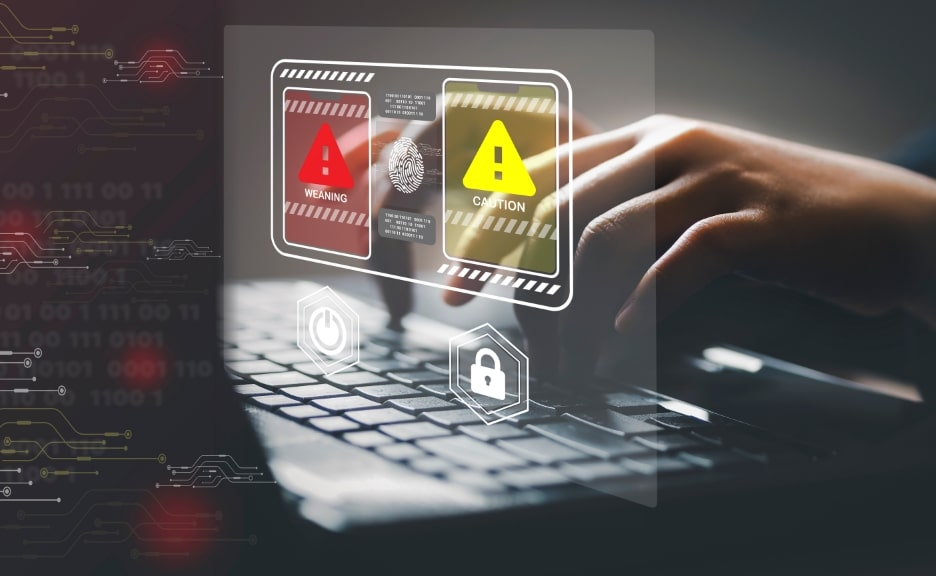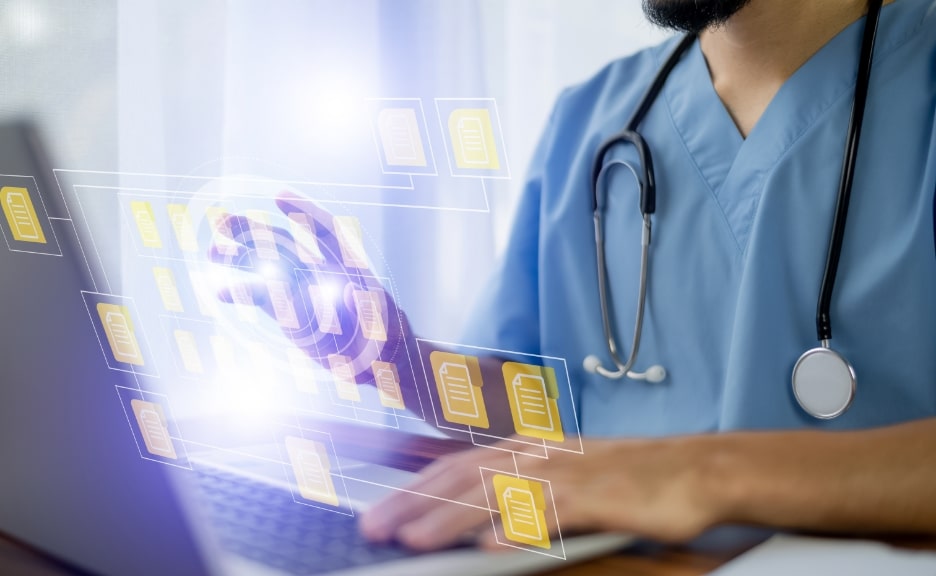Healthcare & Interoperability
Unstructured No More: How AI-Powered Data Extraction is Transforming Healthcare
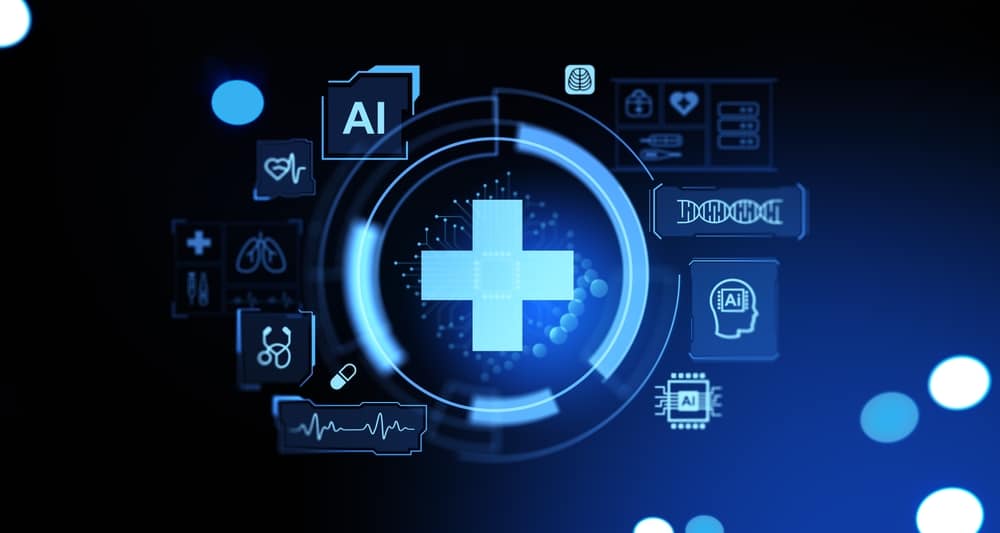
Alice arrives at Bonobo Healthcare, where Dr. Carol needs her medical history from a local clinic.
They fax it over. Dr. Carol must do what doctors, nurses, and clinicians do every day: read through these notes and manually enter them into the EHR system before beginning treatment.
This scenario highlights a critical healthcare problem: clinical staff waste valuable time processing unstructured data — faxed notes, handwritten forms, and PDF documents — when they could be treating patients.
Healthcare depends on data, but much remains trapped in non-standardized formats. Despite advances in electronic health records, healthcare organizations still struggle with paper documents and faxes that require manual processing. This:
- Drains resources
- Contributes to staff burnout
- Risks data inaccuracy
- Threatens regulatory compliance
- Potentially harms patient outcomes
AI data extraction can automatically convert unstructured documents into structured, usable data faster, more accurately, and with less staff burden. This transforms healthcare documentation, benefiting patients, providers, and healthcare organizations. In this article, you’ll learn how AI-powered data extraction solutions are revolutionizing healthcare workflows and the tangible benefits they deliver for both clinical staff and patient care.
The Challenges of Manual Data Extraction in Healthcare
Despite advancements in electronic systems, faxing remains the dominant form of transmitting clinical documentation, with 70% of health organizations still exchanging patient information by fax. Manual processing (printing, reading, typing into EHR) is labor-intensive and slow, creating bottlenecks that delay patient care.
But the problems go way beyond the doctor-patient interaction:
- Human errors and inconsistencies: Manual data entry creates errors — typos in patient information, documents misfiled under the wrong patient, and missed updates. With 70% of physicians struggling to find information in EHRs, they frequently overlook critical data, leading to medical errors and poor care quality.
- Staff burnout and workforce shortage: Nearly 75% of physicians blame the EHR for their burnout symptoms. Clinicians spend two additional hours on electronic data entry for every hour with patients, contributing to burnout in nearly 50% of primary care physicians.
- Compliance: Manual processes create compliance gaps through unauthorized access (like faxes left on machines) or outdated records. Hospitals and nursing facilities exchange incomplete, delayed, or difficult-to-use information in over 30% of cases, making it nearly impossible to maintain proper documentation standards manually.
- Cost and productivity impact: These challenges cost healthcare organizations money through extra labor, slower revenue cycles, and potential penalties. Physicians spend 49.2% of clinic time on EHR and desk work and only 27% directly with patients. Each fax page costs $1.50 to process, taking about 180 seconds per fax.
What is AI Data Extraction in Healthcare (and How Does it Work)?
AI data extraction transforms unstructured healthcare documents into structured, actionable data.
Here’s how this works in practice, using Alice’s visit to Bonobo Healthcare as an example:
Step 1: Ingest
When Alice arrives, her faxed medical history from the local clinic immediately enters Bonobo’s AI system. The system captures these inputs — whether they’re referral letters, lab results, or clinical notes — through direct fax integration, email, uploads, or scanner connections.
Step 2: AI/ML Analysis
The system employs multiple technologies to understand and extract meaningful information:
- Optical character recognition (OCR) enhances document quality and converts visual text to digital characters. For example, it can distinguish between “50mg” and “500mg” on Alice’s medication list and recognize her doctor’s handwritten note about recent dizziness symptoms.
- Machine learning classification identifies the document type (in this case, a patient history and medication list) and locates specific information fields. It knows to look for allergies near the top of the form and medication dosages in the middle section, even though the clinic’s form differs from Bonobo’s standard template.
- Large language models (LLMs) identify medical concepts and understand connections between them. They recognize that Alice’s “Type 2 DM” and “T2DM” both refer to Type 2 Diabetes and can associate her Metformin prescription with this diagnosis.
Step 3: Format
The system organizes Alice’s information into a structured document with appropriate sections. An unusually high blood pressure reading (195/110) is automatically flagged for human verification.
Step 4: HISP (Health Information Service Provider)
The formatted data travels through HIPAA-compliant channels to ensure security and regulatory compliance.
Step 5: EHR Integration
By the time Dr. Carol opens Alice’s chart, all information is populated in the appropriate EHR sections. Instead of spending 10-15 minutes manually processing paperwork, Dr. Carol immediately addresses Alice’s concerns, discusses her diabetes management, and investigates her dizziness symptoms.
Meanwhile, billing receives accurate coding information, and the system automatically creates a reminder for Alice’s next HbA1c test.
Introducing Clarity CD
Clarity Clinical Documentation™ is a comprehensive AI-powered data extraction solution that seamlessly integrates with existing healthcare systems. The platform processes incoming documents through the complete workflow:
- Document capture: Automatically receives and processes documents from multiple sources, including eFax, emails, scanners, and uploads.
- Intelligent extraction: Applies advanced OCR, machine learning, and healthcare-specific NLP to accurately extract critical information.
- Structured output: Transforms unstructured content into standardized formats compatible with your systems.
- Secure delivery: Routes the processed information through HIPAA-compliant channels.
- EHR integration: Populates the correct fields in your existing EHR without disruptive implementation.
Because Clarity CD integrates directly with cloud-based, HIPAA-compliant eFax services, the entire workflow remains secure while eliminating paper handling.
6 Key Benefits of AI-Powered Data Extraction for Healthcare
With AI in place, we can see what benefits the system brings to address the challenges above:
- More time for what matters. When Alice’s medical records arrive at Bonobo Healthcare, AI processes them instantly rather than sitting in a fax queue. Staff can focus on patient experience instead of data entry, reducing backlogs and accelerating care delivery.
- For the whole organization: Clarity CD reduces processing time by 70% compared to manual data entry, addressing the paper and fax overload that previously created bottlenecks.
- For COOs and clinical leaders: Staff time can be redirected from manual data entry to higher-value activities, with immediate improvements in operational efficiency.
- Data providers can trust. Dr. Carol can trust that Alice’s information has been accurately extracted. Unlike manual transcription, the AI system consistently and accurately identifies medications, diagnoses, and test results, eliminating potentially dangerous mistakes like misinterpreting dosages.
- Real results: Data entry errors are reduced to near zero, eliminating the human errors and inconsistencies that compromise patient safety.
- For the billing department: Accurate diagnostic codes ensure proper reimbursement without manual coding errors.
- Care that doesn’t keep patients waiting. Alice’s complete medical history is available in the EHR immediately upon receipt of documents. Critical information, such as lab results and previous diagnoses, is instantly accessible, allowing for faster clinical decisions without delays that could impact treatment timelines.
- Measurable impact: Critical patient data becomes available immediately, preventing the delays that occur when 50% of post-acute providers receive information only after patients are in their care.
- For the pharmacy: Immediate access to medication history prevents adverse interactions.
- Peace of mind for compliance teams. Bonobo benefits from automatic audit trails and reduced exposure to protected health information. The structured data format makes it easier to meet interoperability requirements when sharing information with other providers, reducing compliance risks.
- Compliance advantage: Comprehensive audit trails and secure handling ensure protected health information remains safe, addressing the risks inherent in manual processes.
- For CFOs: Reduced costs associated with documentation-related delays and faster revenue cycles through more efficient claims processing.
- Information that tells the whole story. Rather than just attaching scanned PDFs, the system extracts and organizes data into appropriate EHR fields. This allows Dr. Carol to easily see Alice’s health metric trends and ensures important information isn’t buried in attachments.
- Documentation quality: Structured data population enhances the completeness and usability of patient records, solving the problem where 76% of skilled nursing facilities report receiving unusable data.
- For quality improvement teams: Structured data makes it easier to analyze and identify care gaps.
- Clinicians who can be human again. Dr. Carol can dedicate more time to direct patient interaction instead of administrative tasks. The reduced documentation burden decreases the risk of burnout for clinical staff, leading to better care experiences and a more satisfying professional practice.
- Staff wellbeing: Clinical staff freed from documentation burdens can refocus on patient care, directly addressing the burnout challenges where physicians spend nearly half their time on EHR work.
- Patient experience: Enhanced patient satisfaction through more attentive care and faster processing.
What once required significant manual effort now happens seamlessly in the background, creating a more efficient, accurate, and patient-centered visit while maintaining security and regulatory compliance.
For CTOs and CIOs, Clarity CD doesn’t require replacing existing systems — it layers onto current workflows, preserving your technology investments. As a scalable cloud solution, IT leaders don’t need to maintain complex new infrastructure, and implementation is streamlined with minimal disruption to operations.
Clarity CD transforms how organizations manage information flow by addressing the fundamental challenges of healthcare documentation. It turns what was once a burden into a strategic advantage that improves care quality while reducing costs.
Planning for AI Data Extraction
AI data extraction transforms healthcare operations. It turns the long-standing unstructured data problem into an opportunity, freeing up time, reducing errors, improving compliance, and, ultimately, speeding up care delivery.
If you want to plan for AI in your healthcare organization, here are some pointers to start:
- Assess your document workflows: Audit where unstructured data enters the organization (fax lines, email attachments, scanning of paper forms) and identify high-impact areas to automate.
- Ensure seamless integration: Any AI extraction tool must integrate seamlessly with EHR or document management systems. Clarity CD was built for interoperability. Avoid creating another data silo.
- Prioritize data security: Vet solutions for strong security practices, including compliance with HIPAA, HITRUST certification, encryption of data in transit and at rest, and robust user access controls.
- Verify accuracy and customization: Inquire about a solution’s accuracy rates and how it performs on clinical documents specifically. Can it handle medical terminology, abbreviations, and varying document formats? Is it using templates or true ML?
- Plan for change management: Implementing AI data extraction will change staff workflows. Ensure there’s a plan to train staff to review AI-extracted data (especially in early phases) and gradually trust the system. Emphasize that these tools are meant to assist staff, not replace them.
- Start small, then scale: Start by conducting a pilot in one department or use case (e.g., processing incoming referral faxes in a clinic) to validate the technology and measure its benefits.
Healthcare leaders who want to reclaim the hours lost to manual data entry and bolster their digital strategy should explore AI-powered document extraction. Solutions like Consensus Clarity CD are available today to help turn unstructured documents into actionable data.
Download our free guide: From Hype to Reality: How AI Can Automate Fax Processing to learn how other organizations have successfully implemented this technology. Then, when you’re ready to see the technology in action, contact us to schedule your Clarity CD demo.
By embracing AI for data extraction, healthcare organizations can achieve new efficiency and data excellence levels, allowing their teams to focus on what truly matters: delivering high-quality patient care.



